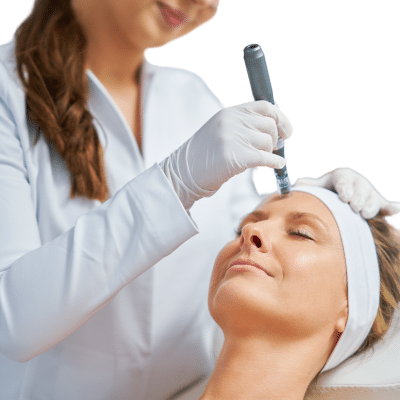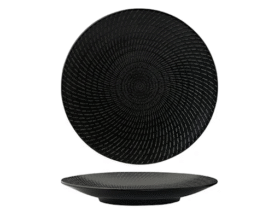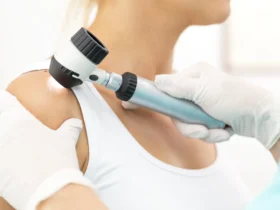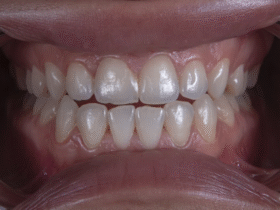A dermatology practice focuses on diagnosing and treating conditions related to the skin, hair, and nails. These clinics offer a range of services, from medical treatments for skin diseases to cosmetic procedures. Patients may visit for concerns like acne, eczema, psoriasis, or skin cancer screenings. Dermatology also covers elective treatments such as chemical peels, laser therapy, and hair restoration. The variety of services reflects the broad scope of the field and its role in both health and appearance.
Each practice may differ in size and specialization, ranging from solo providers to large multi-provider clinics. Some focus primarily on medical dermatology, while others emphasize cosmetic care or surgical procedures. This diversity allows patients to find a provider aligned with their specific needs. Facilities often invest in advanced technology to support diagnostics and treatments, improving accuracy and outcomes. The environment combines clinical expertise with patient comfort.
How Do Dermatologists Diagnose Conditions?
Dermatologists rely on visual examination and patient history to identify skin issues. In many cases, diagnosis involves tools such as dermatoscopes or biopsies to examine tissue samples under a microscope. These techniques help confirm the presence of infections, cancers, or autoimmune disorders. Early detection is a primary goal, particularly for skin cancer, where timely intervention can be life-saving. Diagnostic accuracy guides the treatment plan and informs patient education.
Laboratory tests may complement clinical assessment to rule out underlying causes like allergies or hormonal imbalances. Providers also assess the patient’s overall health and lifestyle factors that influence skin condition. This comprehensive approach helps identify triggers and prevents recurrence. Dermatologists may coordinate care with other specialists when systemic disease affects the skin. Accurate diagnosis sets the foundation for effective management.
What Treatments Are Commonly Offered?
Dermatology practices provide a spectrum of treatments tailored to individual patient needs. Medical treatments include topical or oral medications for infections, inflammation, or chronic skin conditions. Procedures such as cryotherapy, electrosurgery, and laser treatments address lesions, scars, or unwanted hair.
Cosmetic services often involve injectables, chemical peels, microdermabrasion, and skin resurfacing. Surgical dermatology covers mole removals, biopsies, and excisions of skin cancers. Treatment plans usually combine approaches for best results. Providers customize regimens based on factors like age, skin type, and medical history.
Patient adherence and follow-up visits contribute to successful outcomes. Many practices also emphasize patient education on skincare routines and sun protection. Keeping patients informed helps maintain results and supports long-term skin health.
How Does Patient Care Shape the Practice?
Patient care extends beyond clinical treatment to include communication, education, and support. A strong patient-provider relationship encourages open dialogue about symptoms, concerns, and treatment preferences. Dermatology practices invest in staff training to deliver respectful and clear communication. They also strive to create welcoming environments that reduce anxiety during visits. Scheduling, follow-up, and access to resources play roles in overall care quality. Efficient appointment systems and availability of telehealth can enhance patient convenience. Practices often provide educational materials to empower patients in managing their skin health. Continuous feedback helps refine services and maintain patient satisfaction. These elements build trust and foster adherence to treatment plans.
What Role Does Technology Play?
Advancements in technology shape many aspects of dermatology practices. Digital imaging, laser systems, and advanced microscopes improve diagnostic accuracy and treatment precision. Electronic health records streamline patient information management and coordination of care. Teledermatology allows remote consultation, increasing access for patients in rural or underserved areas.
Innovations also support new treatment modalities, such as targeted phototherapy or minimally invasive procedures. Ongoing investment in technology reflects the field’s commitment to improving patient outcomes. Providers receive training to integrate these tools effectively into clinical workflows. Technology complements clinical expertise to provide comprehensive care.
Choose the Right Dermatology Practice
Selecting a dermatology practice involves considering provider qualifications, services offered, and patient experience. Board certification and relevant subspecialty training indicate clinical competence. Reviews and recommendations provide insight into patient satisfaction and practice reputation. The availability of desired treatments and technology also matters.
Patients should assess communication style and whether the provider listens to their concerns. Convenience of location, appointment scheduling, and insurance acceptance are practical factors. Visiting the clinic or having a consultation can help determine comfort with the practice environment. Choosing the right practice supports better engagement and treatment adherence.

















Leave a Reply